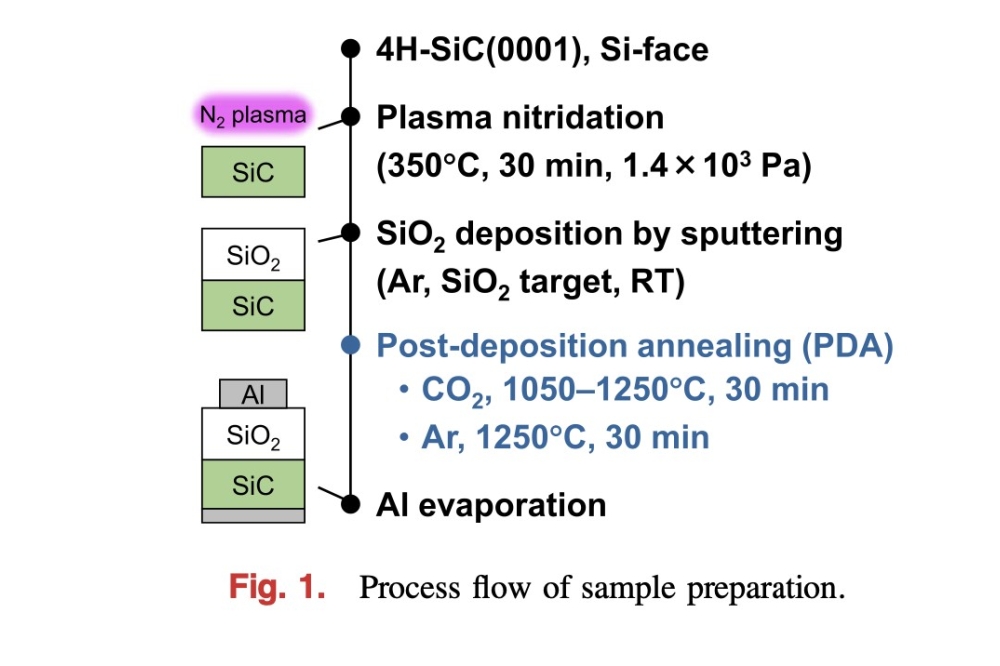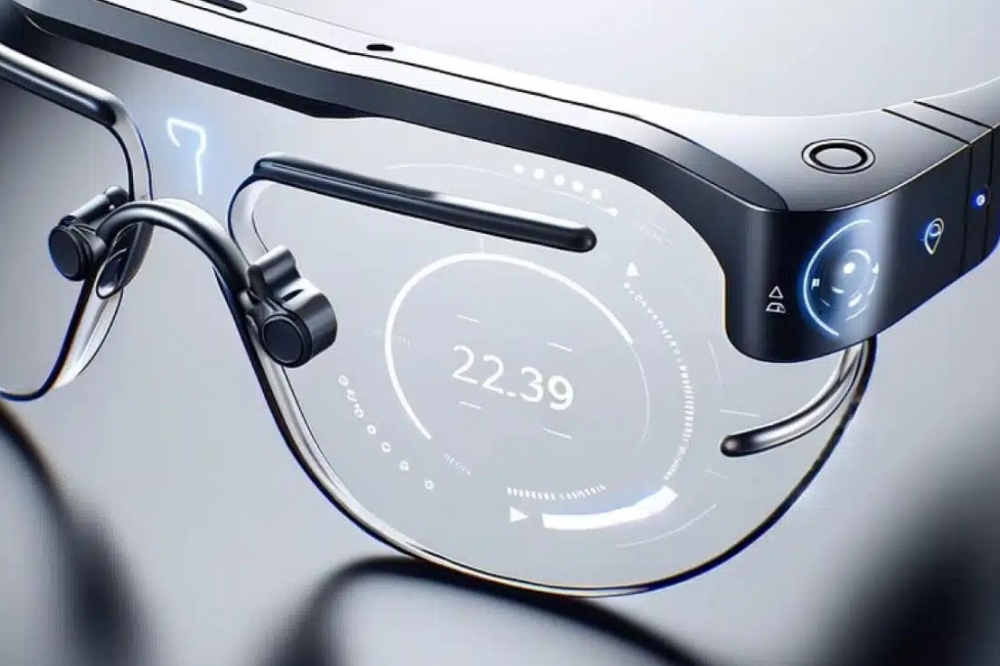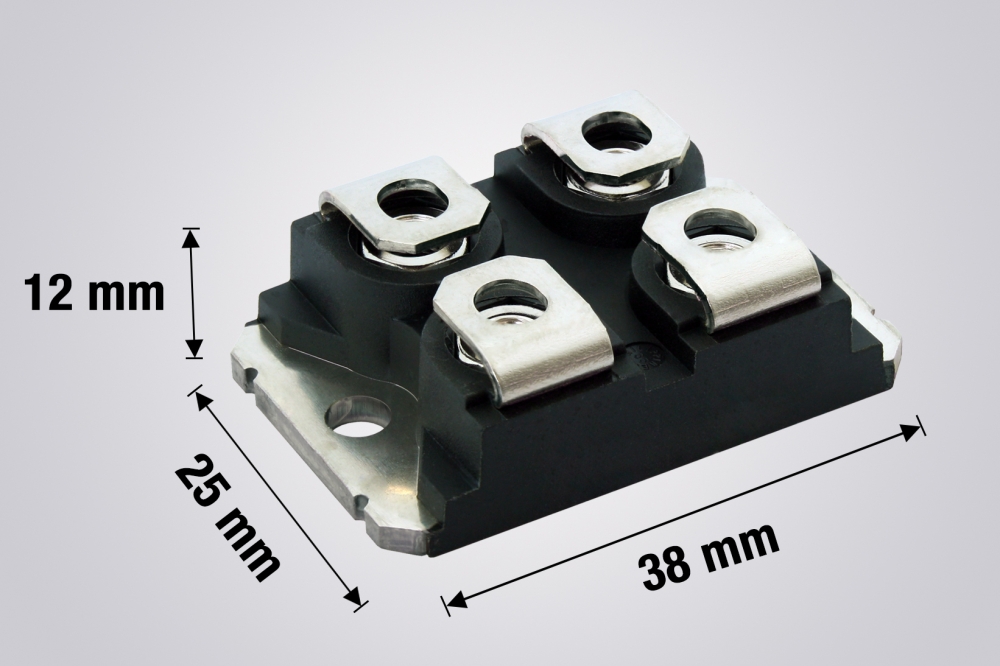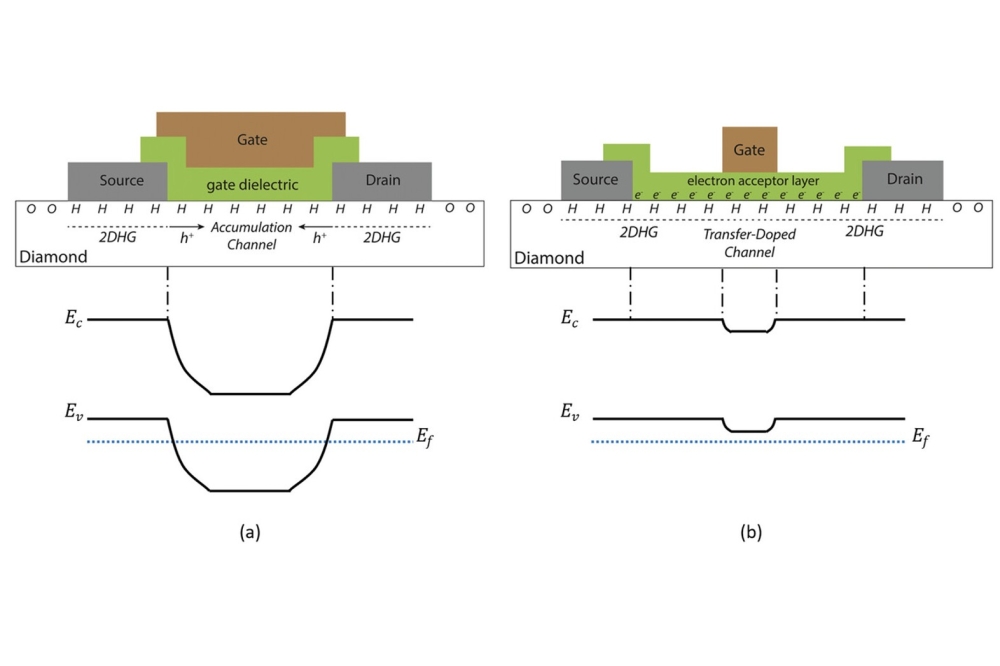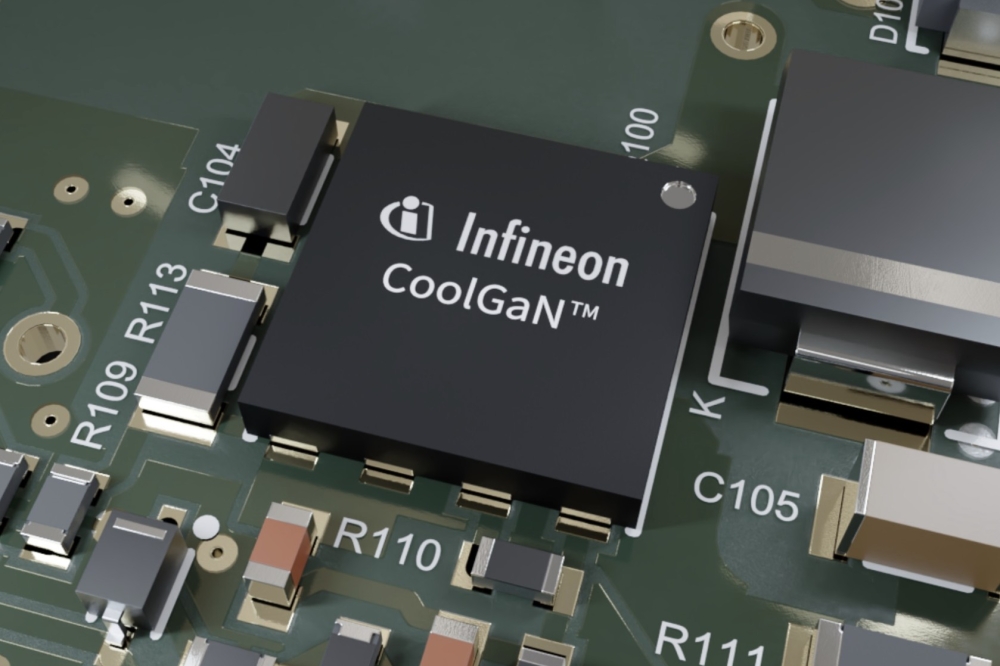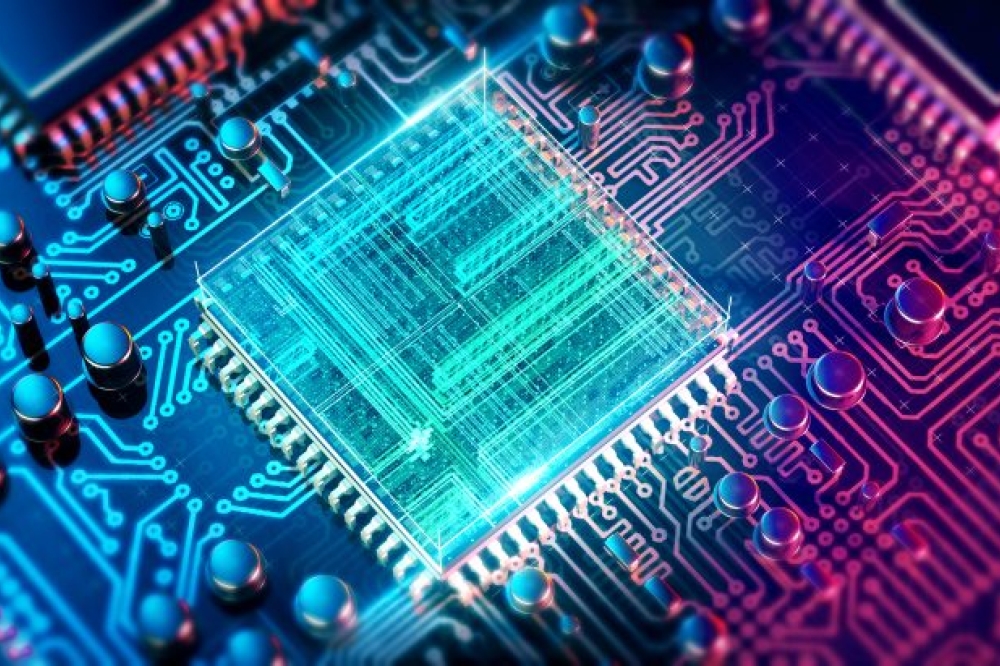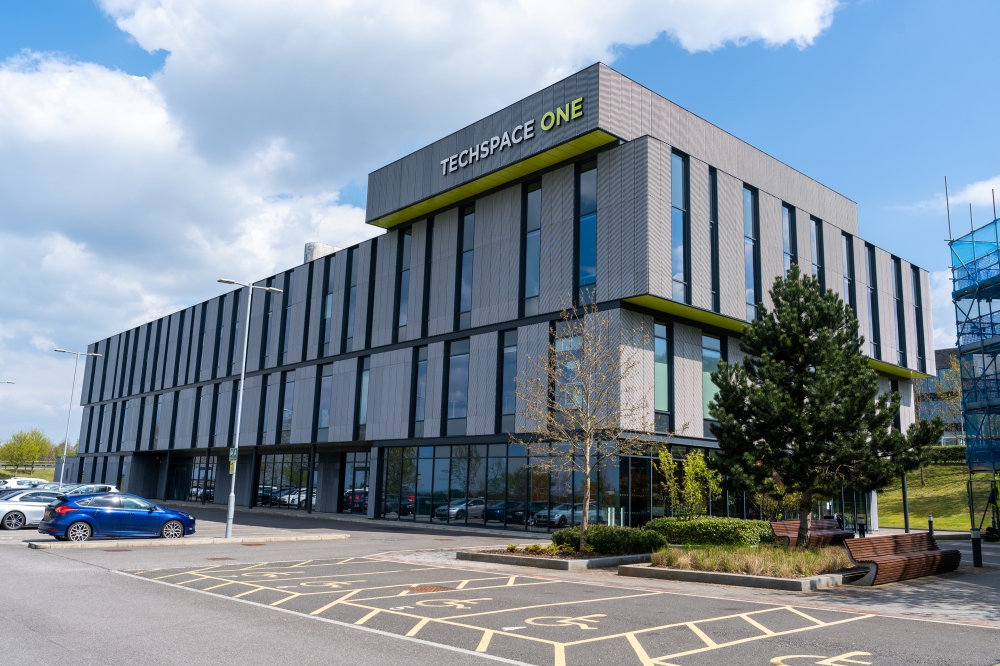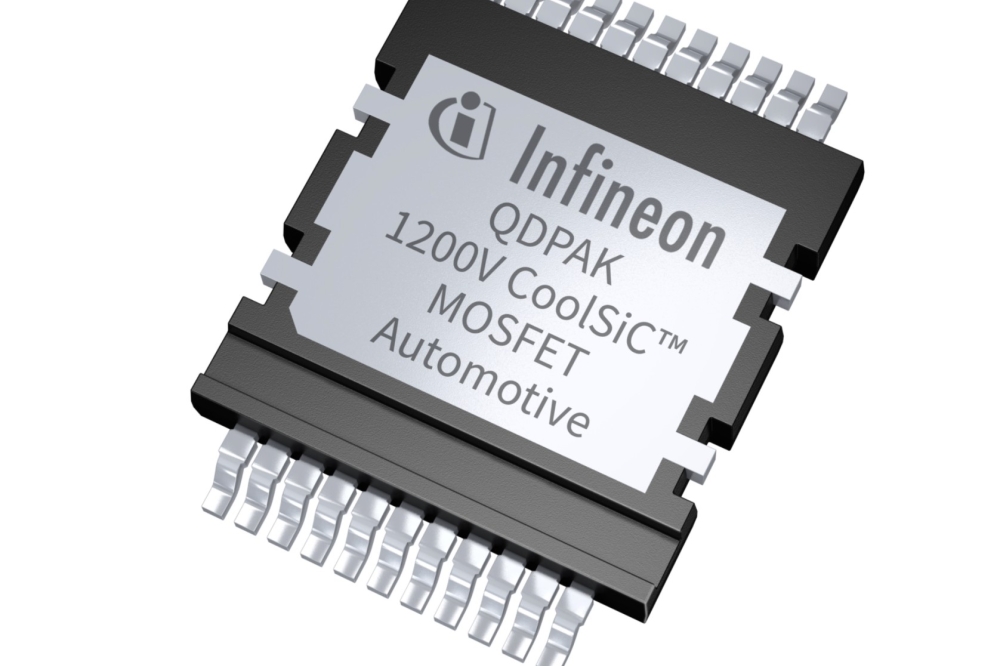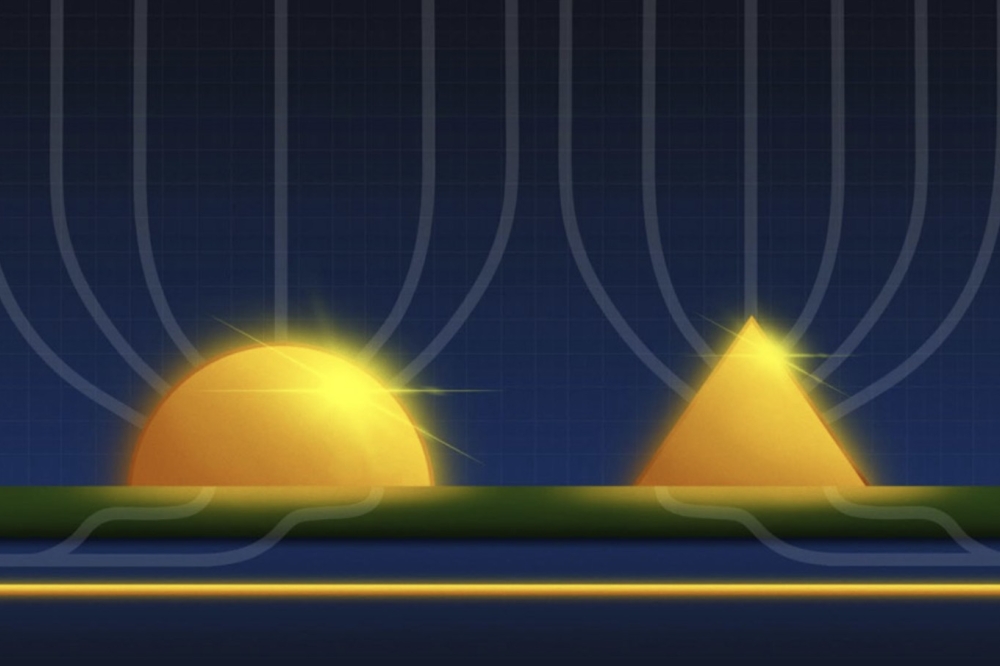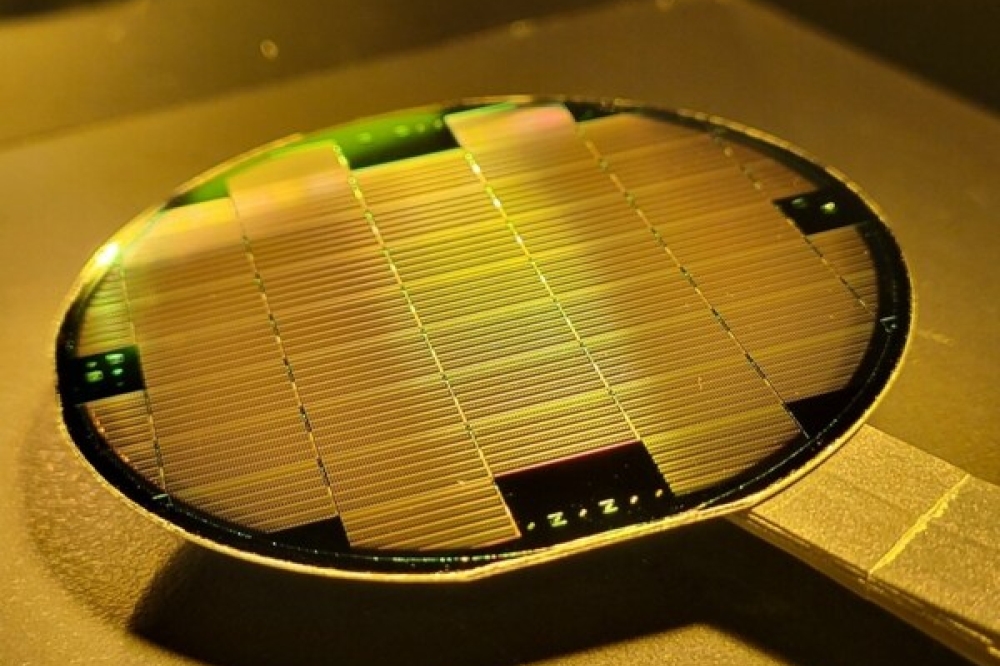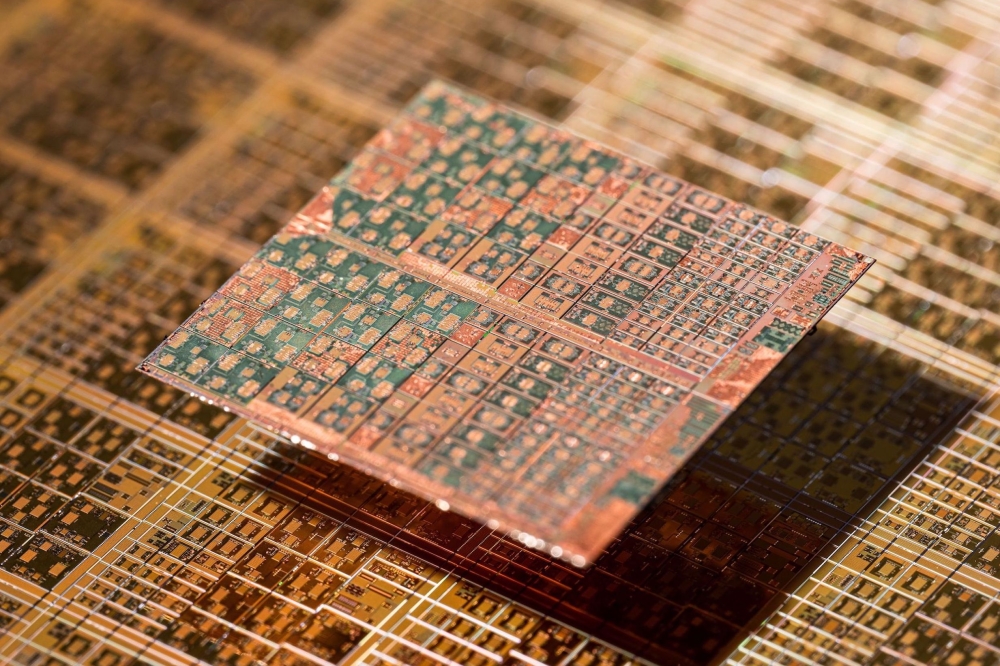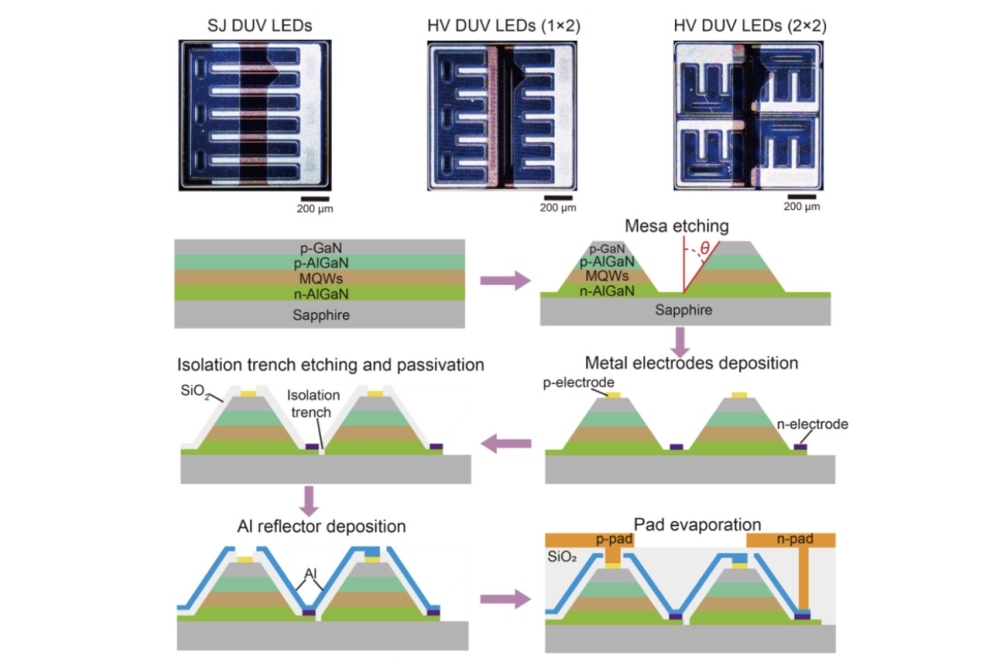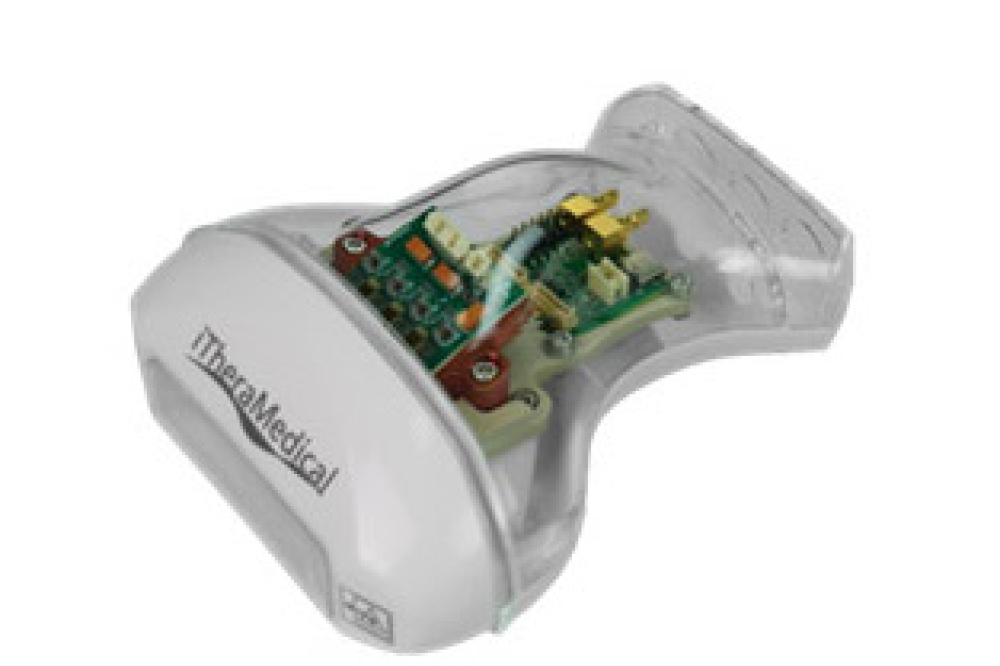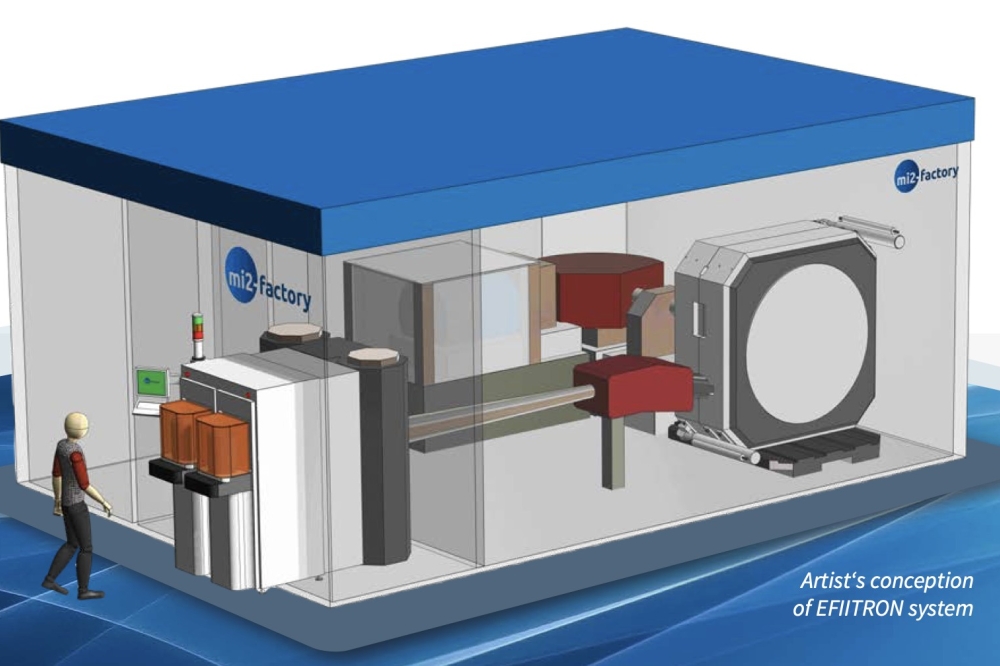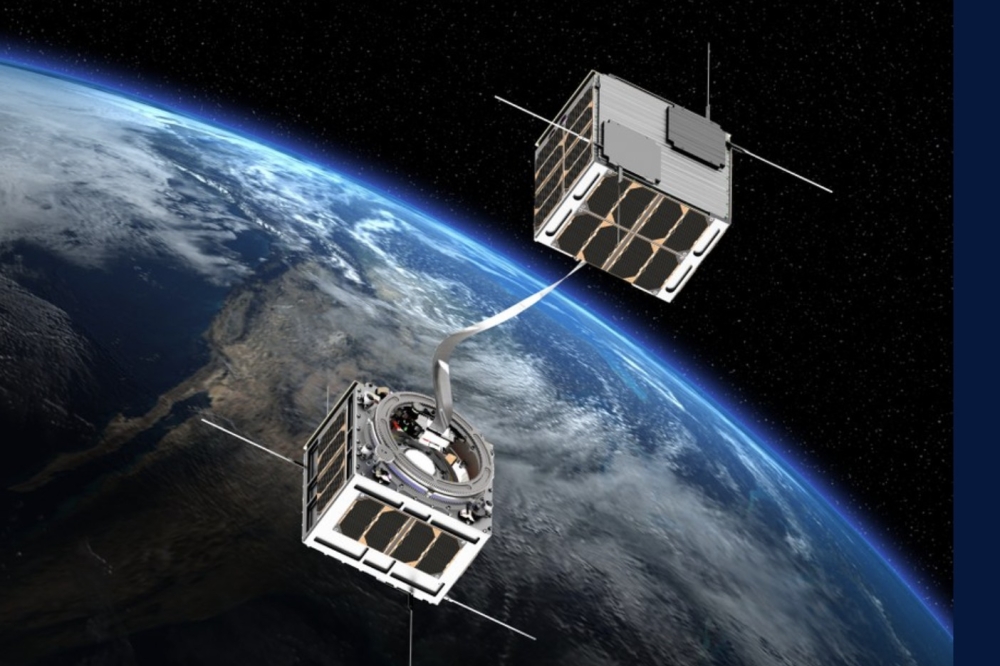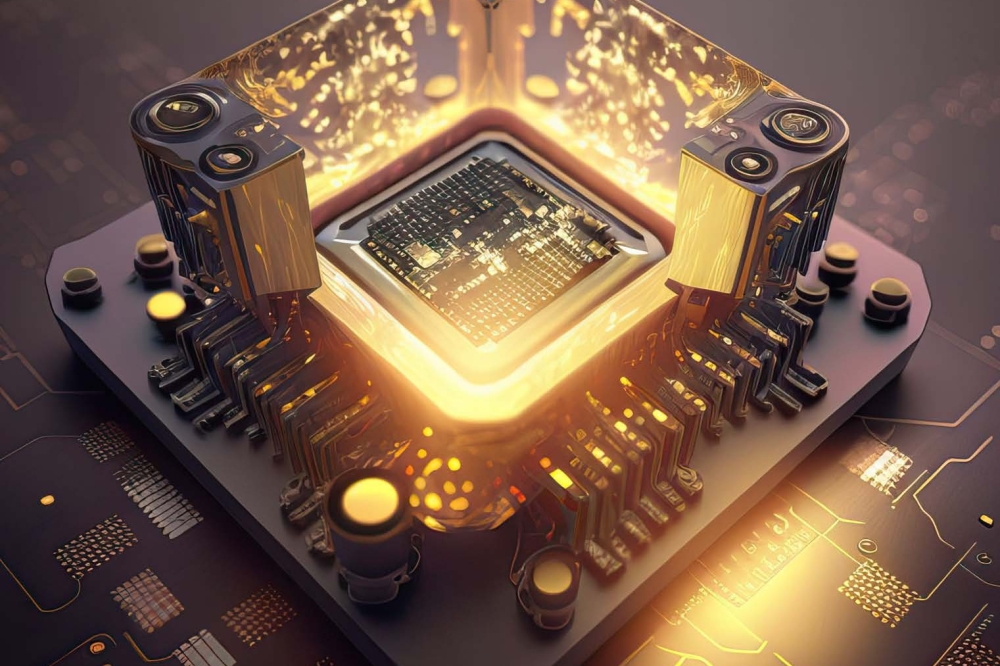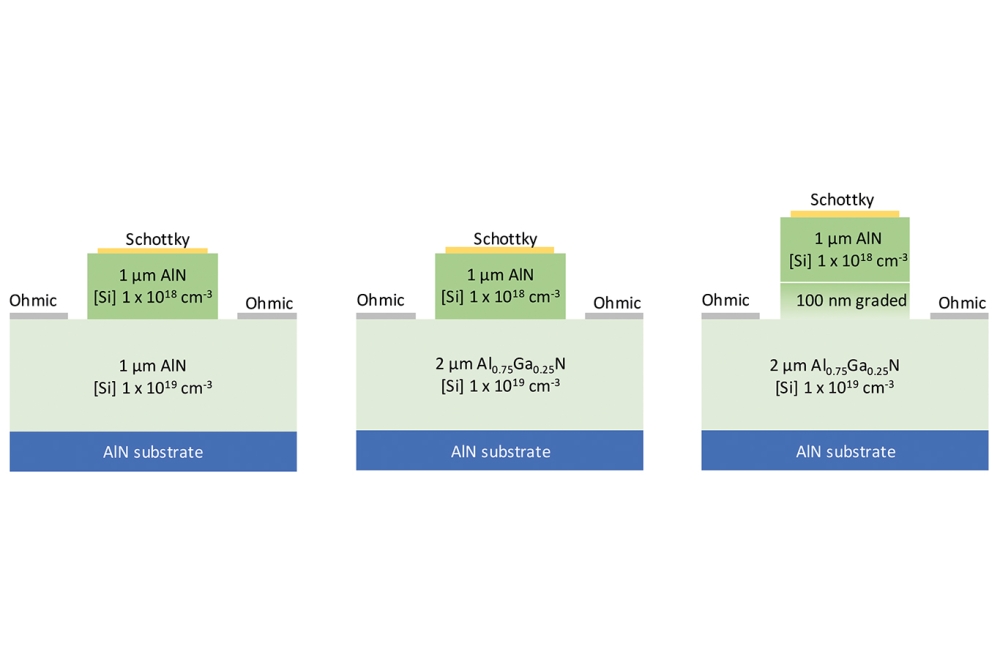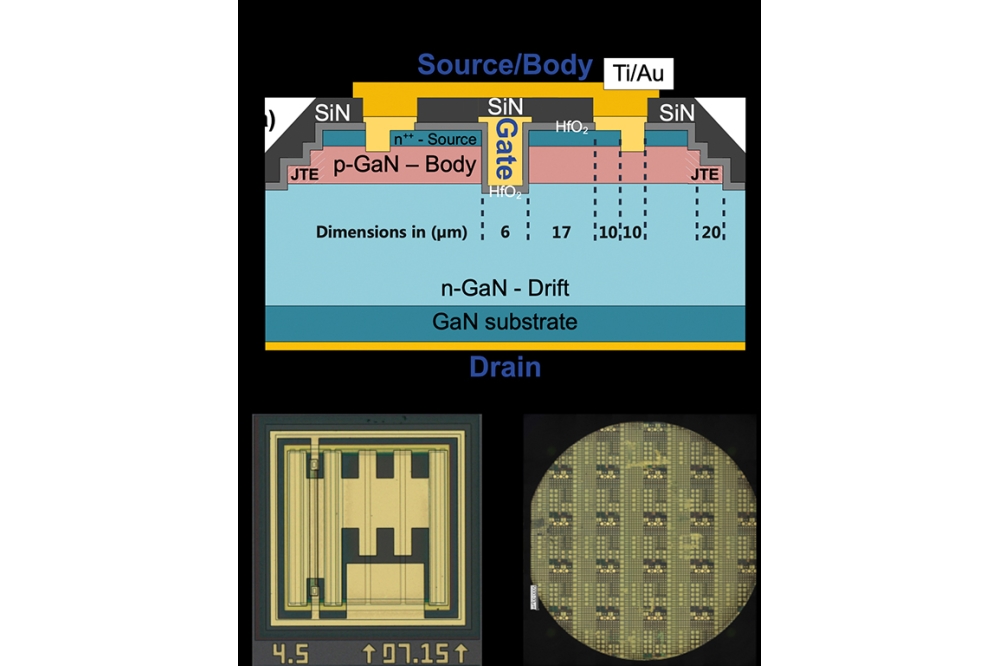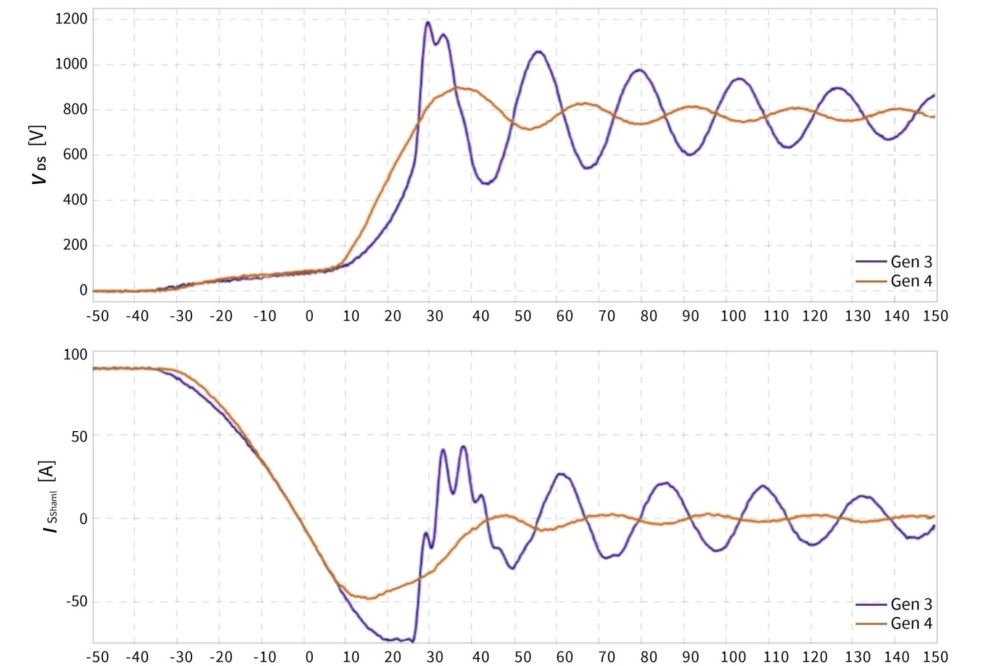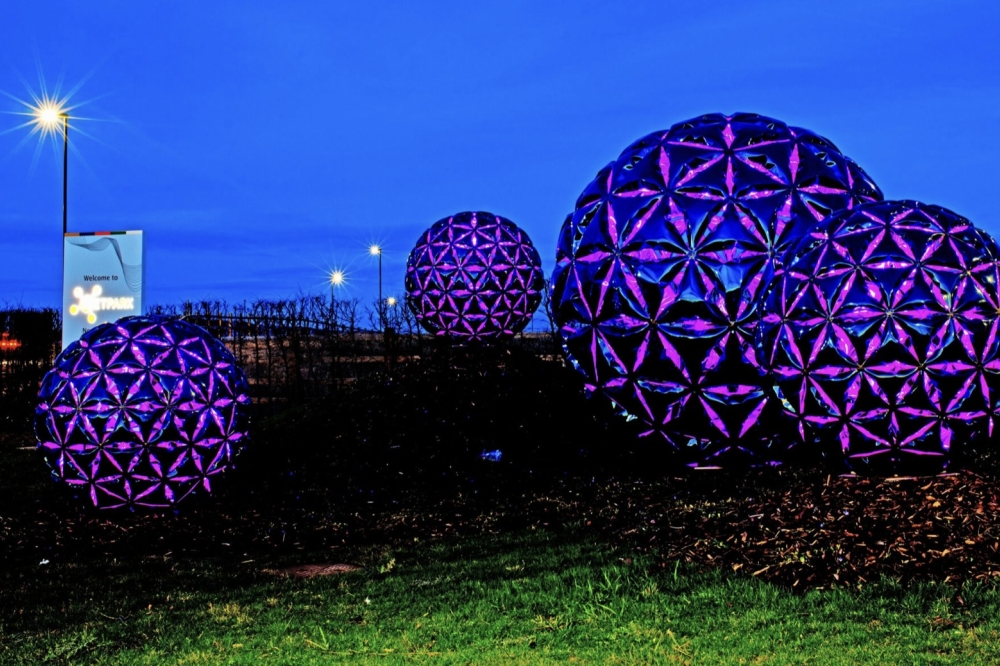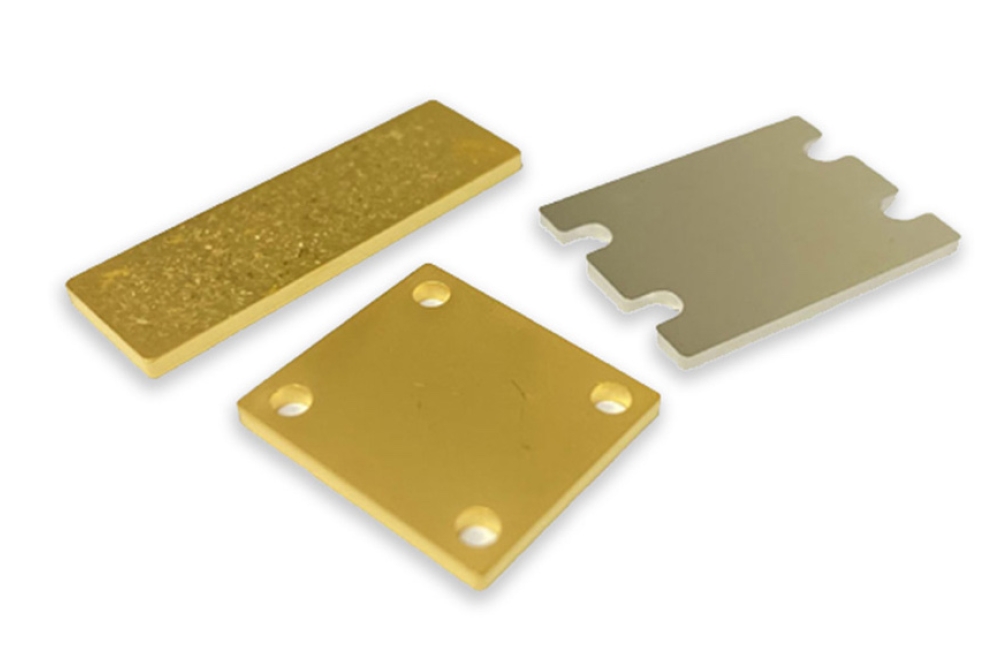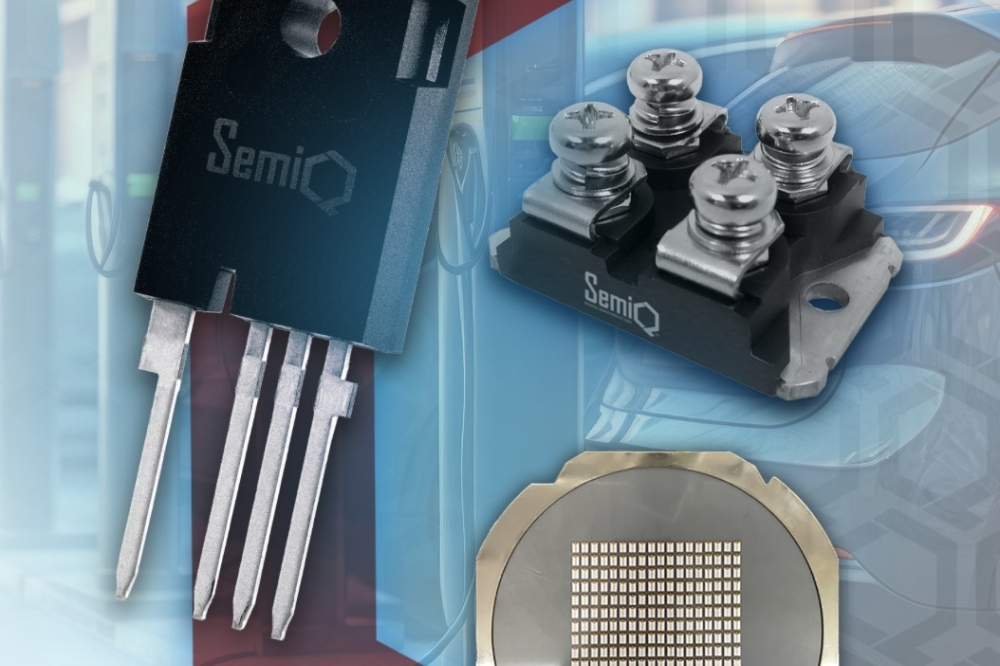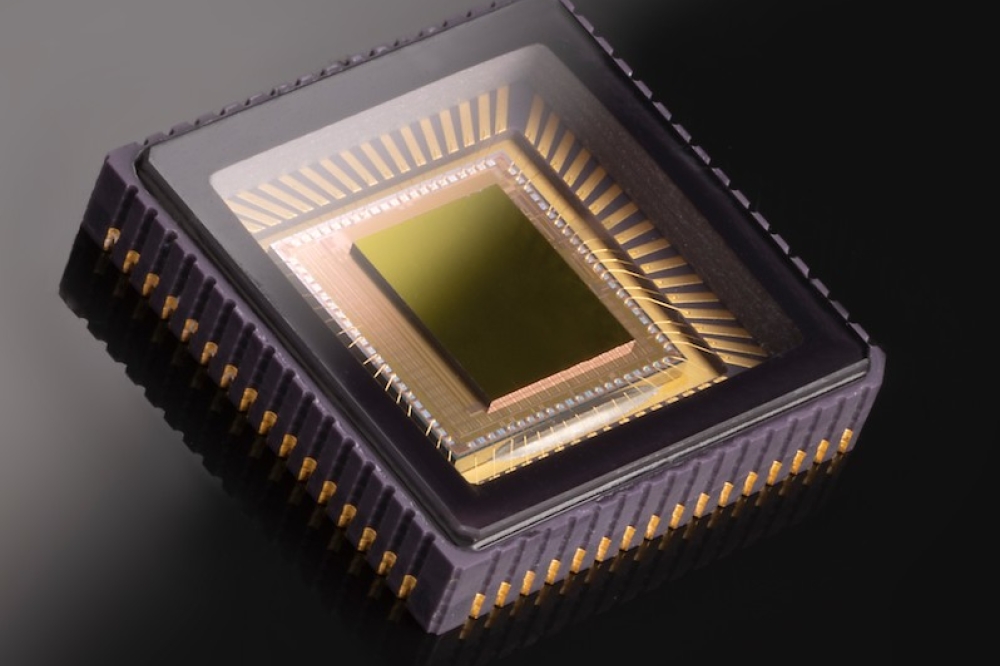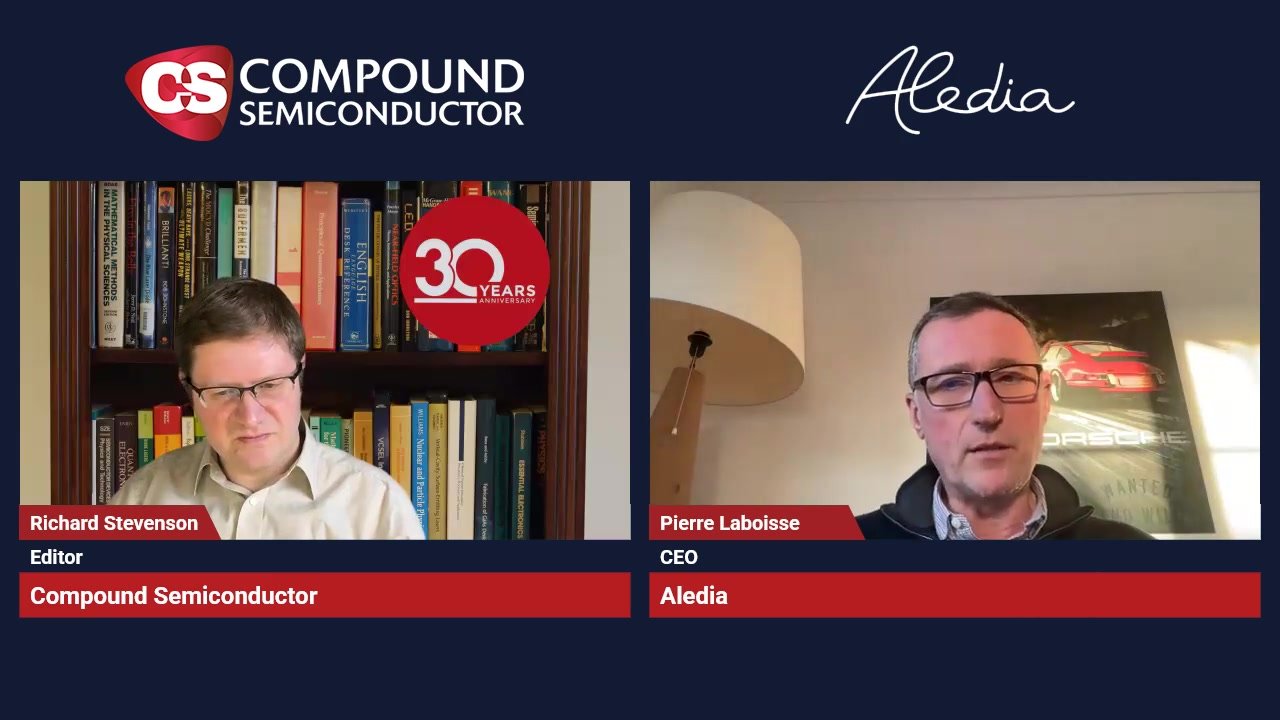Russian team evaluates prospects for perovskite in space

Due to strong irradiation, the efficiency of perovskite solar cells decreases by 32 to 41 percent.
Employees of the department of Electrophysics at the Institute of Physics and Technology, Ural Federal University, Ivan Zhidkov and Ernst Kurmaev in collaboration with colleagues from Skoltech, the Institute of Problems of Chemical Physics of the Russian Academy of Sciences and Moscow State University discovered new properties of perovskite solar cells. The results of the study are published in the Journal of Physical Chemistry Letters.
The properties revealed by scientists do not yet allow the use of batteries on spacecraft and satellites, since the hybrid bromide-iodide complex lead halides in their composition did not demonstrate the necessary resistance to high doses of γ-radiation. Due to strong irradiation, the efficiency of solar cells decreases by 32 to 41 percent.
'Solar batteries in space must withstand not only increased radiation, but also be resistant to relatively high doses of gamma rays, which is necessary for stable operation of devices in orbit for several years. In our work, we investigated the complex halide Cs0.15MA0.10FA0.75Pb(Br0.17I0.83)3 with a perovskite structure, also called triple-cation perovskite and considered the most stable in this group of materials. Perovskite films and solar cells were subjected to hard γ-ray irradiation with a dose of up to 5,000 Gy. Within 300 Gy, perovskite solar cells turned out to be quite stable, but with a further increase in dose, a rapid drop in short circuit current and light conversion efficiency in devices was found,' explained Skoltech post-graduate Alexandra Boldyreva.
Now the efforts of scientists are aimed at finding more stable materials.

